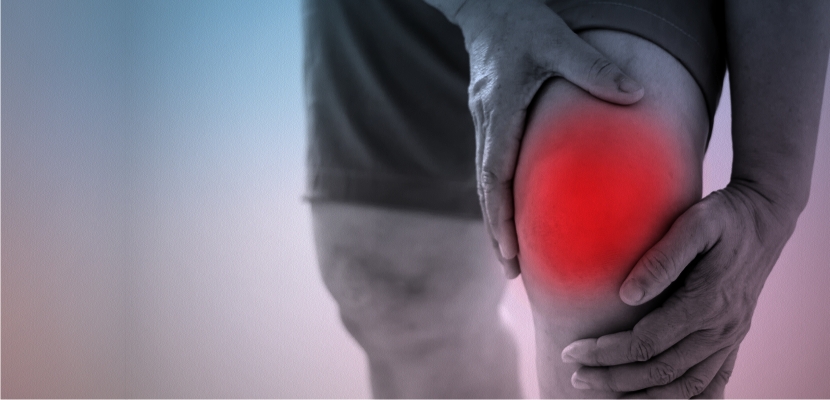Osteoarthritis is a degenerative condition of the joints and frequently affects the knee,hip and spine. Major symptoms of the problem are pain in the joints aggravated by strainful activities. It may be accompanied by swelling and clicking sounds on movement of the affected joint.On examination the physician can make out crepitus in the joints on movement. This is because of the sound produced while the bones with damaged articular cartilage rub over each other.The two major changes seen are degenration of the articular cartlage and reduction in the synovial fluid which acts as a lubricant in the joint.
The diagnosis is usually based on x-rays of the affected joint and sometimes more detailed MRI test may be required.
The number of people opting for Ayurvedic treatment for this problem is on the rise with the increasing awareness among the public regarding the efficacy of the Ayurvedic system in treating this problem.
Ayurveda has included this under the heading of Vata Vyadhi and it is known as sandhigata Vata. Aggravation of Vata dosha leads to asthi kshaya which means depletion or weakening of bone. This includes the cartilage. So the treatment aims at Vata Shamana and Asthi vruddhi i.e. alleviation of vata dosha and improvement in bone tissue.
The Ayurveda treatment is as follows:
External:
Regular use of Vata Shamaka Oils such as Ksheerabala and Mahanarayana taila for massage over the affected joint.While applying care has to be taken not to apply too much pressure and gentle rotatory movements over the joint is advisable. Making the oil luke warm before application is good. Hot water fomentation after massage using a clean cloth gives better relief .
Pathrapinda sweda or elakizhi gives good results and this is done under the supervision of the physician.Janu vasthi or Janu taila dhara or pichu also gives good results. The oils to be used are ksheerbala and mahanarayana taila.
Internal:
Guggulu based medicines are the mainstay of treatment. Based on the stage and the condition the Vaidya can use Mahayogaraja, Yogaraja or Trayodashanga guggulu.
Ghritha based kalpas such as guggulutikthaka ghritha give wonderful and safe results. The physician may sometime need to take care of pitha aggravation while administering these medicines because guggulu is hot in potency and so may not be well tolerated by pitha prakruti individuals and persons having hyperacidity, gastritis, peptic ulcers etc. This is one precaution that needs to be taken care of.
Responsibilities of the Patient:
- Preferably the patient should resort to Ayurveda medicine at the onset of the condition itself for excellent results.
2. Do not pressurize the physician to give instant relief. The relief will be gradual and as per my experience takes at least 2-3 weeks.
3. Do not take medicines from quacks who sometimes are passing of analgesic laced medicines as herbal and ayurvedic medicines.
4. Adhere to the do’s and don’ts advised by the physician.
Personal Experience:
My personal experience on this conditions has taught me that Ayurveda is effective in relieving the problem in the early stages and as the disease progresses the treatment is tough.So earlier addressal of the problem saves much complications and I advise all my patients the same.

